 Mental health awareness has become increasingly prevalent in the modern day. A study made by the World Health Organization (WHO) in 2019 found that worldwide, 970 million people suffer from mental health issues, predominantly anxiety and depression. Mental health has become a well-discussed issue for much of the Western world. The existence of schemes such as mental health days and mental health first-aiders in the workplace demonstrates many businesses’ commitment to improving their workers’ mental health.
Mental health awareness has become increasingly prevalent in the modern day. A study made by the World Health Organization (WHO) in 2019 found that worldwide, 970 million people suffer from mental health issues, predominantly anxiety and depression. Mental health has become a well-discussed issue for much of the Western world. The existence of schemes such as mental health days and mental health first-aiders in the workplace demonstrates many businesses’ commitment to improving their workers’ mental health.
In the Arab Gulf, mental health is often considered a taboo subject. Issues such as depression or trauma can be perceived as shameful and shouldn’t be discussed with others. However, TikTok is now being used as a medium to address this stigma around mental health in the Arab Gulf states.
Perception of Digital Mental Health Campaigns in the Arab Gulf
A 2024 study analyzing responses to a digital mental health awareness campaign in the Gulf Cooperation Council (GCC) demonstrated that mental health remains an incredibly stigmatized topic. The study highlighted prevalently-held beliefs that mental illness does not exist and that such personal issues result from a lack of willpower, laziness or that it is a personal choice to be depressed or anxious.
Many in the survey also asserted beliefs that mental illness holds ties with religious and spiritual deficiencies, proclaiming that issues result from the influences of “Jinn” (evil spirits) or the “evil eye.” They often quoted practices of religious devotion, reciting the Qur’an or regularly praying as the solutions to these problems.
The widespread denial of mental illness throughout the GCC leads to a domino effect of issues, both socially and economically:
- Awareness and education around mental health is poor.
- Those suffering from issues of anxiety, depression or untreated trauma are unlikely to seek help from either professional services or to confer with others in their communities about their problems.
- Without seeking help or as a result of being criticized by others, these issues will likely exacerbate, potentially leading to emotional burnout, job loss, social exclusion or suicide.
Using TikTok To Breach the Stigma Around Mental Health
A few TikTok-based initiatives are currently being used to address the stigma around mental health in the Arab Gulf. As a free and popular digital platform, TikTok is a powerful tool for reaching those without access to formal mental health services. It uses approachable, entertaining ways to promote understanding and communication. Saudi Arabia and the United Arab Emirates (UAE) are the top two countries where TikTok has the most reach, with virtually 138.2% of Saudi Arabia’s population using the platform.
In 2024, TikTok began the “Change-Makers Program.” This initiative promoted creators’ and NGOs’ endeavors using the platform to prompt beneficial community changes. At the program’s launch, TikTok announced a list of 50 of these “Change-Makers,” including the first Change-Maker of UAE, Dr. Jana Bou Reslan. A Lebanese educational psychologist and professor, Bou Reslan has been posting TikTok content since 2022 and has garnered more than 220k followers.
Bou Reslan’s content offers Arabic-language education on how to tackle mental health issues such as high-functioning anxiety and low self-esteem. She also encourages well-being practices and open discussion of mental health. “Good mental health is of utmost importance for thriving communities, influencing everything from education to workplace productivity. Social media has been playing a vital role in reaching out to different audiences and promoting positive and relatable topics within our community,” she said.
Furthermore, in February 2024, TikTok MENAT hosted a Youth Mental Health Awareness Summit in Dubai. The event featured discussions by mental health professionals and TikTok’s safety experts. It focused on how social media can better equip young people in GCC with critical-thinking skills, promote media literacy and strive to build supportive digital communities. These strategies aim to improve the mental well-being of young people while also encouraging the building of digital skills that will improve future job prospects.
Improving Mental Health Awareness Can Help Alleviate Poverty
On the face of it, addressing the stigma around mental health in the Arab Gulf might not appear impactful when it comes to fighting poverty. However, the WHO notes that improving mental health care is inherently linked to reducing inequality and poverty across nations. One of the clearest ways this link manifests is through employment and income potential. Improving employment and income potential. Mental health can have a direct impact on individual employability and the economy as a whole.
According to the 2022 WHO World Mental Health Report, approximately 12 billion workdays a year are lost due to issues associated with anxiety and depression. By promoting open discussions about mental health, introducing workers to stress-reducing techniques and better equipping people for emotional regulation, people are less likely to burn out and hence not lose pay and/or their jobs. Unemployment can also be seen as shameful or indicative of personal failure in the Arab Gulf, especially for men and poor mental health also impacts the ability to find new work.
Another way mental health awareness can contribute to poverty alleviation is by supporting young people. It is estimated that worldwide, one out of seven adolescents exhibit symptoms of mental disorders. In the UAE, 17% to 22% of young people exhibit signs of depression and 28% show symptoms of anxiety. Better mental health awareness and support reduce school dropout rates. Also, by encouraging the diversification of skills in young people into digital literacy, generational poverty can be reduced through new fields of employment. Finally, improving skills in stress management can help with school and work pressures and improve coping skills in economically unstable households.
Final Remarks
In low-income countries, there is roughly one mental health professional per 100,000 persons. With such critically low access to services, free digital-based platforms such as TikTok provide easily accessible education on mental health and culturally appropriate content made in local languages.
They are a good entry point for NGOs looking to help communities. TikTok creators are busy addressing the stigma around mental health in the Arab Gulf to help people learn skills for personal empowerment, provide the means to form digital support networks and give access to advice where formal psychological services are unavailable.
– Reuben Avis-Anciano
Reuben is based in Oxfordshire, UK and focuses on Technology and Global Health for The Borgen Project.
Photo: Unsplash
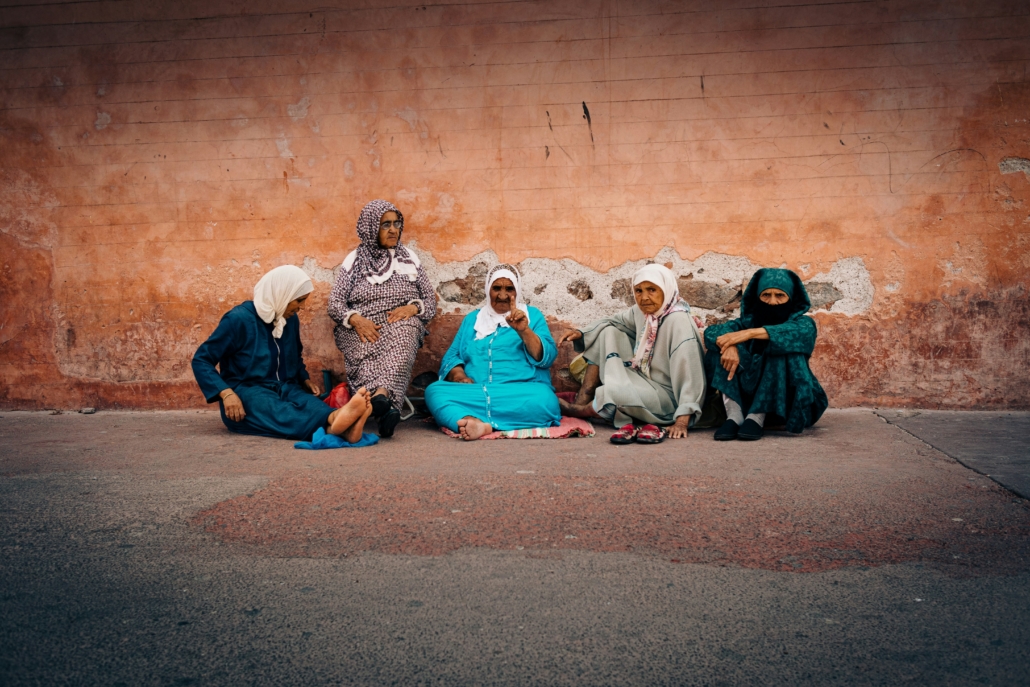


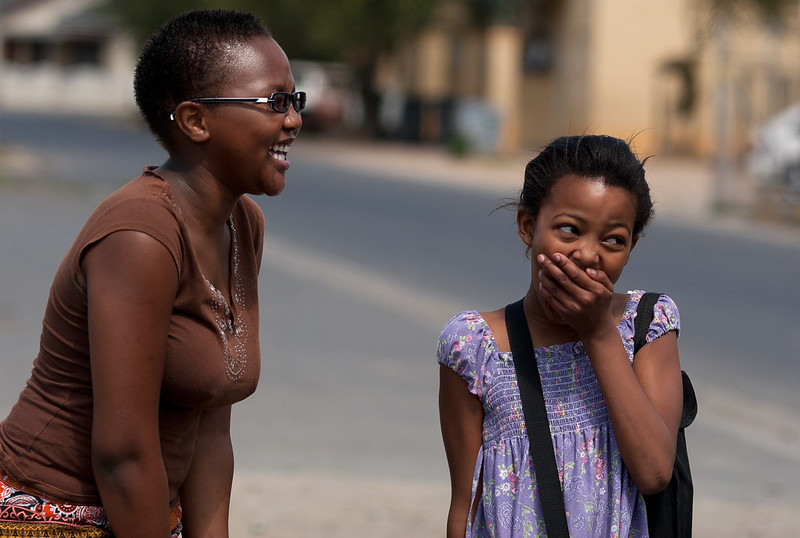
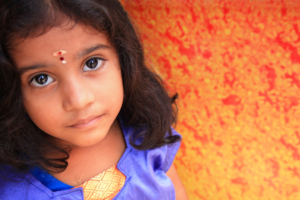
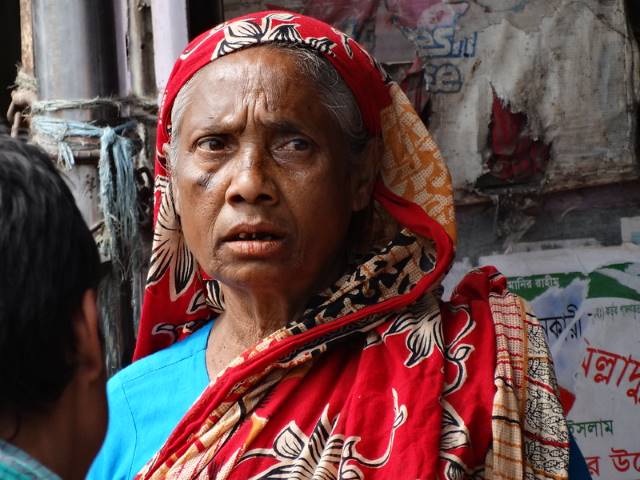 The world currently has
The world currently has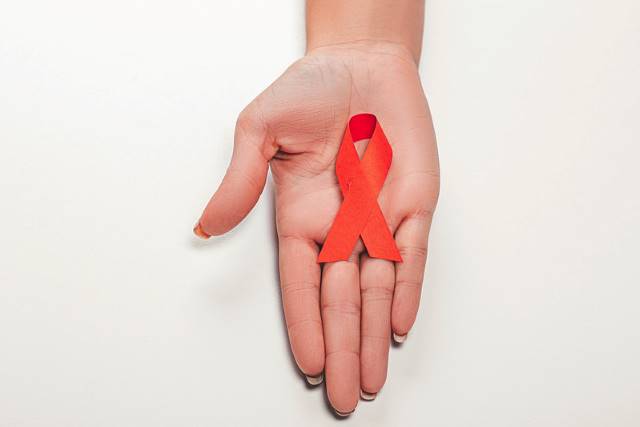 Amid a global pandemic, Russia is fighting a medical war on two fronts; as Russia deals with the spread of COVID-19, Russia’s AIDS epidemic is worsening. As the HIV infection rate continues to decline in the rest of Europe, the transmission rate of HIV in Russia has been
Amid a global pandemic, Russia is fighting a medical war on two fronts; as Russia deals with the spread of COVID-19, Russia’s AIDS epidemic is worsening. As the HIV infection rate continues to decline in the rest of Europe, the transmission rate of HIV in Russia has been India is the second-most densely populated nation in the world, with more than 1.3 billion people. Of that number, more than 82 million citizens suffer from bipolar disorder, according to data from 2019. Bipolar disorder in India often goes undiagnosed and untreated for reasons ranging from ancient superstitions to the cost of treatment, but, bipolar awareness in India is steadily progressing.
India is the second-most densely populated nation in the world, with more than 1.3 billion people. Of that number, more than 82 million citizens suffer from bipolar disorder, according to data from 2019. Bipolar disorder in India often goes undiagnosed and untreated for reasons ranging from ancient superstitions to the cost of treatment, but, bipolar awareness in India is steadily progressing.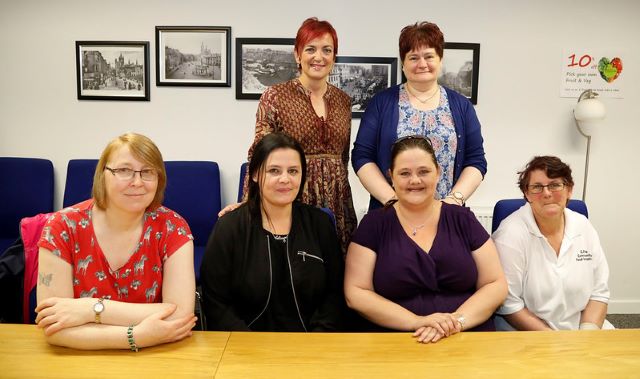 On November 24, 2020, a groundbreaking moment occurred that changed the struggle against period poverty. The Scottish Parliament passed the
On November 24, 2020, a groundbreaking moment occurred that changed the struggle against period poverty. The Scottish Parliament passed the 